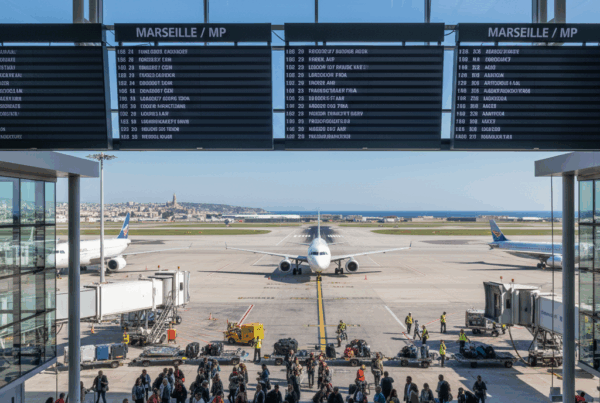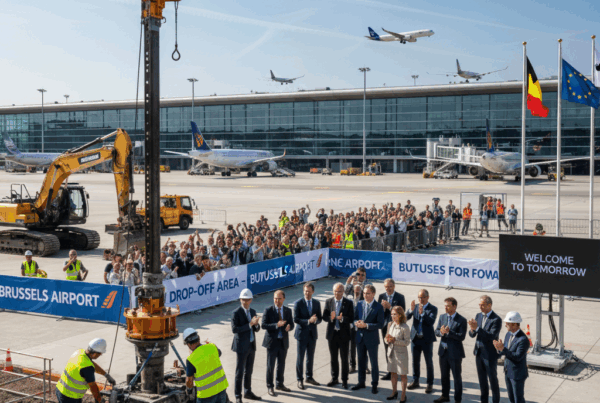In aviation, G-force, also known as load factor, plays a crucial role in flight safety. Understanding how it works and its impact on aircraft is essential for pilots and aviation professionals alike. In this article, we'll explore G-force in detail and its importance in ensuring safe and efficient flights.
What is G-force?

Visit force Gor load factor, describes the acceleration felt as a result of gravity. This force is measured in earth gravity units (g) and can be positive or negative. In aviation, it is particularly important for assessing the stresses exerted on pilots and aircraft during flight.
Why is load factor crucial in aviation?
In aviation, the load factor is essential for several reasons. Firstly, it affects passenger comfort and safety. In addition, it plays a decisive role in aircraft design and certification, by influencing the structural strength required to withstand maneuvering forces.
Calculating the load factor
The load factor calculation is based on the following formula: Load factor (G) = Force exerted (F) / Object weight (P). For example, when an aircraft makes a sharp turn, the centrifugal force increases, leading to an increase in the load factor felt by passengers and the aircraft.
Effects on the human body
G-force has a significant effect on the human body. A positive G-force (such as that felt during rapid ascent) pushes the blood downwards, potentially causing loss of consciousness (G-LOC). Conversely, a negative G-force (felt during a rapid descent) has the opposite effect, with risks for the eyes and brain.
Implications for pilots
Pilots, especially those of fighter or aerobatic aircraft, need to be specially trained to handle high G-forces. They use antigravity suits and specific techniques to avoid the negative effects of these forces. Their training includes simulators that reproduce these forces, to prepare them for real-life conditions.
Aircraft design
Aeronautical engineers need to take the load factor into account when designing aircraft. Materials and structure must be able to withstand high G forces. Rigorous tests, such as wind tunnel tests and simulations of extreme maneuvers, are carried out to ensure that the aircraft can withstand these stresses without compromising safety.
All in all...
Understanding and managing force G in aviation are crucial to flight safety. Whether for passenger comfort, pilot safety or the strength of aircraft structures, the load factor remains a central element of modern aeronautics.
List of G forces in aviation
| Situation | Typical load factor |
| Sharp turn | 2 to 3 g |
| Take-off | 0.5 to 1.5 g |
| Landing | 1 to 1.5 g |
| Hovering (helicopter) | 1 g |
| Aerobatic maneuvers | 3 to 6 g |




